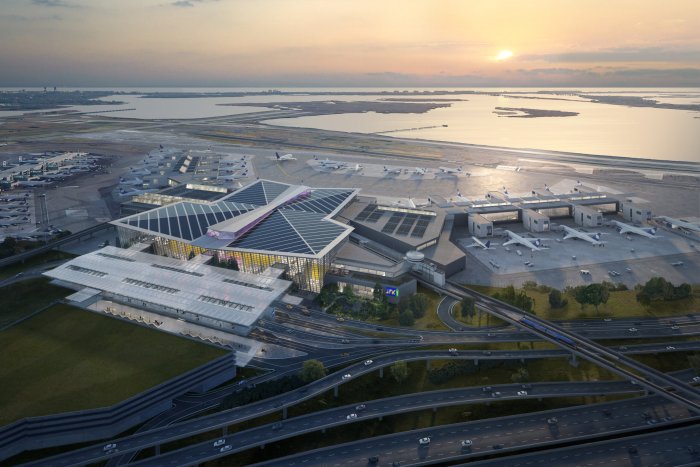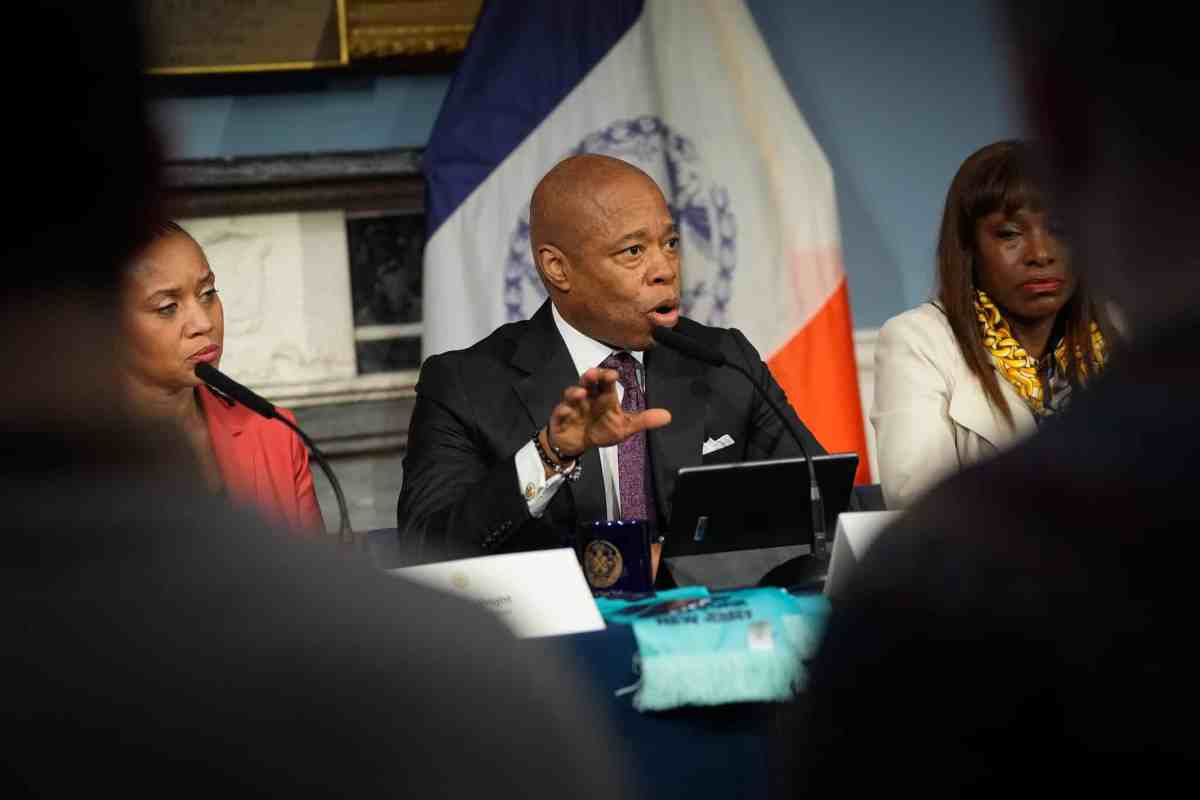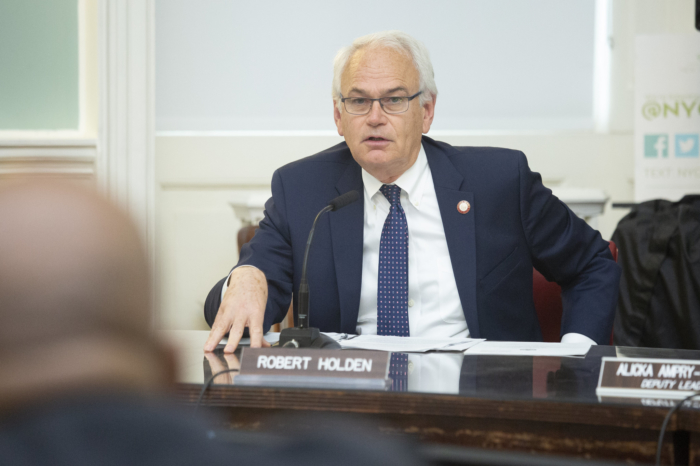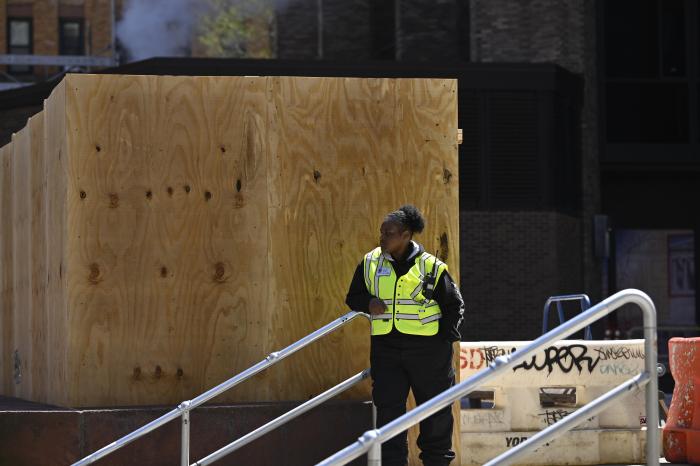By Larry Penner
It was one year ago when we learned about the Metropolitan Transportation Authority study for bus service in northeast Queens. This study was championed by numerous elected officials. Just as I predicted, the results were a placebo designed to placate demagogues who are not regular users of the numerous public transportation alternatives that have been available for decades. Many of the recommendations coming out of this study are either common sense, previously known or old ideas recycled yet another time.
The introduction of Limited Stop Service, Select Bus Service or Bus Rapid Transit are not new ideas. Looking into the “feasibility” of overnight service on the Q13 and Q30 was already proven. These routes had overnight service for decades. In response to a previous MTA NYCT financial crisis, this late-night service was eliminated as a cost savings measure on these and other routes. All riders will get is resumption of what was once available. The saddest recommendation is for “creation of a Downtown Flushing Bus Terminal.” This proposal has been previously studied numerous times for over 50 years! I have written about this since the 1990’s.
At the end of the day, it all comes down to the availability of increased funding for additional transportation service in Northeast Queens. Operating subsidies are required to increase the level of service and reduce the amount of time one waits for a bus on existing routes. Capital dollars are required for purchase of additional buses, off board fare collection equipment, real time communications systems to notify riders for anticipated arrival of the next bus, shelters and facilities. There are no real new routes being proposed coming out of this study.
People moved to neighborhoods in northeast Queens knowing full well that they would be living in a two-fare (bus to subway) zone with longer commutes to and from work. How many of these same public officials who promoted this study have a MetroCard and ride the system like constituents do on a daily basis?
For years, local politicians would pontificate on this issue. They claim northeast Queens neighborhoods are a desert when it comes to public transportation. As a result, residents’ only choice was to rely on automobiles. The study results indicated… “More than 99 percent of the northeast Queens study area has local and limited bus service within one quarter mile (10 minute walk) on weekdays. Almost 98 percent of the northeast Queens study area has local and limited bus service on weekends.” This validates and confirms my previous observations that there is an elaborate network of local bus services.
Communities adjacent to Long Island Rail Road Port Washington branch stations have prospered for decades. Schools serving students in Little Neck, Douglaston, Bayside, Auberndale and Murray Hill are some of the best in the Metropolitan New York area. Everyone shares great air quality along with a low crime rate, abundant parks, libraries, shopping, entertainment, movie theaters, hospitals and medical facilities.
Riders on the Port Washington branch have far more abundant seating and a quick 30 minute or less trip into Penn Station, without having to change at Jamaica as do LIRR commuters on other branches. Port Washington branch riders miss most service disruptions. Since the LIRR restored half-hour weekend service last year on the Port Washington LIRR branch, it is even more attractive.
The old Q79 bus route was eliminated and then restored 18 months later, by extending the Q36. Likewise, the Q31 bus route weekend service was also eliminated and restored. The basic bus infrastructure has remained in place serving residents on all major east/west and many north/south routes. On many routes, MTA NYCT has actually reduced the headway between buses by increasing service. Finding $500,000 for the “Northeast Queens Restoration Study” would have been better spent on real improvements rather than lining the pockets of consultants.
Larry Penner
Great Neck


































